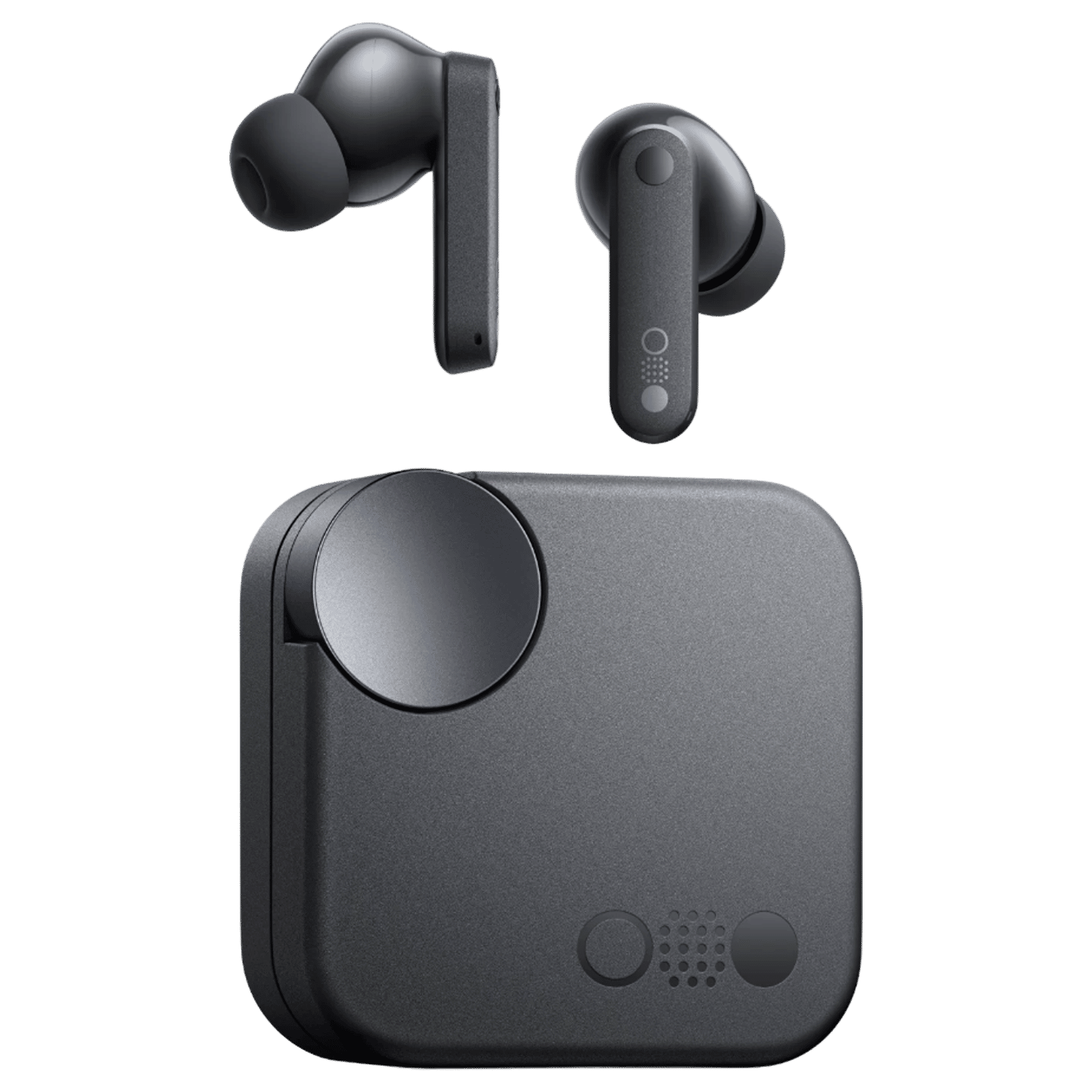Once a niche curiosity, True Wireless Stereo (TWS) earbuds are now as commonplace as smartphones. From their uncertain beginnings on crowdfunding platforms to becoming staples of everyday tech, the evolution of TWS tech mirrors the rapid pace of modern innovation. The question is no longer whether people use wireless earbuds, it’s which ones, and why.
From kickstarter dream to a reality
Let’s rewind a little. Circa 2014-2015, TWS earbuds were more concept than convenience. Kickstarter campaigns like Bragi’s Dash and earin’s minimalist buds offered a glimpse into the wireless future. Bragi’s Dash promised an ambitious feature set which included heart-rate monitoring, audio transparency, even swim tracking. But dreams often collided with reality. The earliest TWS devices suffered from stuttering Bluetooth connections and short battery life. Bragi’s Dash, for instance, managed just two to three hours of playback per charge, which was hardly enough for a full workday.
Despite their flaws, these early earbuds laid the foundation. And then came 2016.

When Apple joined the party
Enter Apple. With the iPhone 7’s notorious headphone jack removal came the launch of AirPods. Critics initially panned them as an overpriced accessory designed to cash in on Apple’s ecosystem. But in hindsight, the AirPods weren’t just accessories. They were accelerants.
Apple’s polish, seamless ecosystem integration, and design sensibility set a new benchmark. AirPods became synonymous with TWS. Even now, many consumers refer to all wireless earbuds as “AirPods,” regardless of brand.
Race to the bottom, without losing quality
What followed was an industry-wide race. Not just to keep up, but to do better for less. Major players like Sony, Sennheiser, and Samsung quickly followed with their own offerings. At the same time, brands targeting budget-conscious buyers flooded the market with sub-Rs 4,000 models that punched above their price.
ALSO READ: The future of wireless audio is about to change: Wi-Fi takes centre stage
By 2020, TWS tech had matured. As Qualcomm highlighted in its whitepaper, the shift in user expectations drove technical advancements. Early TWS earbuds were built primarily for calls and casual listening. Today’s models serve as lifestyle tools with Active Noise Cancellation (ANC), voice assistant integration, ambient mode, and even hearing enhancement features baked in.
But convenience doesn’t come easy. The biggest technical hurdle has always been Bluetooth. Qualcomm’s work with aptX Adaptive and True Wireless Mirroring helped tackle the issues of pairing, connectivity robustness, and power efficiency. Their dynamic role-switching system, where either earbud could act as the “primary” device, improved usability dramatically. Audio handovers became seamless, and mono mode became practical, not just possible.
The Pandemic push
Then came COVID-19. A silent, unexpected boost to the TWS market. With work-from-home becoming the norm and video calls the new conference rooms, demand for quality earbuds soared. The line between professional and casual audio blurred, and so did the price gap. Features that were once reserved for premium models trickled down to mid-tier and entry-level devices. The democratisation of TWS was well underway.

Smaller, smarter, better... But what now?
Now, we’re on the brink of the next TWS chapter. Hybrid driver designs, combine dynamic and balanced armature drivers in compact shells, offering richer, more accurate sound reproduction.
Meanwhile, companies like Qualcomm continue pushing boundaries with AI-powered enhancements and smaller form factors to accommodate new use-cases like fitness tracking and hearing health. We have the Powerbeats Pro 2 with integrated heart rate tracking, Qualcomm and Xiaomi pushing Wi-Fi enabled streaming to TWS, and personalised audio is a feature in almost all TWS from the mid-range and above.

TWS earbuds have grown up. They’re no longer just about cutting the cord. They’re delivering a seamless, intelligent, and increasingly personalised audio experience; one that fits your lifestyle, your budget, and your expectations.
What started as a shaky Kickstarter pitch is now a global tech phenomenon. The next frontier? Smarter, smaller, longer-lasting, and even more integrated. Stay tuned as your ears are in for a ride.
Unleash your inner geek with Croma Unboxed
Subscribe now to stay ahead with the latest articles and updates
You are almost there
Enter your details to subscribe

Happiness unboxed!
Thank you for subscribing to our blog.
Disclaimer: This post as well as the layout and design on this website are protected under Indian intellectual property laws, including the Copyright Act, 1957 and the Trade Marks Act, 1999 and is the property of Infiniti Retail Limited (Croma). Using, copying (in full or in part), adapting or altering this post or any other material from Croma’s website is expressly prohibited without prior written permission from Croma. For permission to use the content on the Croma’s website, please connect on contactunboxed@croma.com
- Related articles
- Popular articles
















Vijay Kshirsagar
In depth information on TWS technology from inception to current era